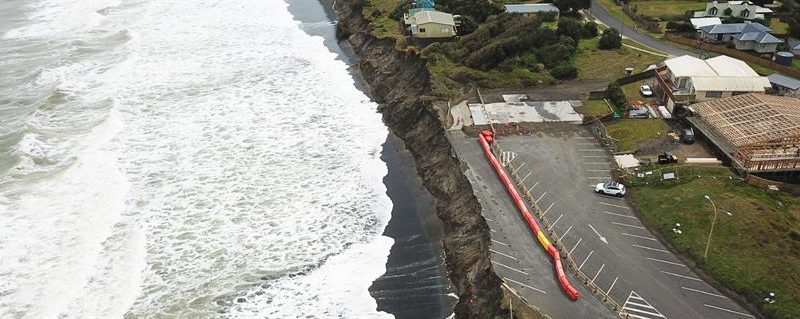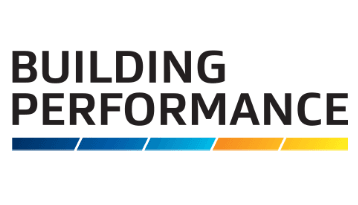Building for climate change
MBIE are working on reducing emissions from buildings during their construction and operation, while also preparing buildings to withstand changes in the climate.
The image above is of Port Waikat0 . Learn more about this and the plan forward on the Waikato District website.
The problem we’re facing
The building and construction sector is a large contributor to greenhouse gas emissions from producing materials, constructing buildings and the energy used in buildings.
If New Zealand is to reach its climate change goals, including net zero carbon by 2050, the building and construction sector must play a major part in this.
Climate change goals(external link) – Ministry for the Environment website
The Building for Climate Change programme
The Building for Climate Change programme has been set-up to get us building in a completely different way. Tackling the climate change challenge will require vision, commitment and perseverance as well as significant change. It won’t be done overnight and it won’t be easy.
We’ll be setting targets around energy use and carbon emissions that focus on getting New Zealand where it needs to be. At the start, we should be able to reach the goals through good current practice, but over time, the goals will be increased to make greater carbon savings and emissions reductions. To meet the goals, we’ll need to make some changes to current building laws – both the Building Act and the Building Code.
We’ll also focus on starting to change people’s behaviour, and the way they think about building. We’ll do this through information incentives, and innovation.
At first, we’ll be focussing on how we can build new buildings better. In the future, we’ll also likely need to look at what changes need to be made to existing buildings.
Any changes we make will be thought through carefully, and we’ll talk to the people who will be affected by the changes first. This means that we’ll be working closely with the building and construction sector, other government agencies, iwi, key stakeholders, local government and communities across New Zealand to make sure we get this right.
The Statement of Intent provides more detail about the programme:
There’s more information about how you can get involved at the bottom of this page.
What this means for New Zealand
The changes we’re planning will make homes warmer, drier and better ventilated, and provide a healthier place for us all to work and live. Buildings will be built to use as little water and energy as practical, meaning more money in New Zealanders’ pockets as well as less emissions
Once the programme is in place, energy efficiency and carbon emissions will become core considerations when building – just as important as cost and design. Reusing buildings and recycling materials will be an important part of the building process, as well, and we’ll work with local suppliers so they’ll be able to gear up and support these product streams.
Building owners will understand their options, and what to ask for to get an efficient building with a low climate impact.
Our building and construction workers will have the right skills to design and build for energy efficiency, low embodied carbon and climate resilience.
Next steps
Over the next year, we will be focussed on engaging with the building and construction sector to test ideas, and to make sure we get this right. From next year, a group of initiatives will be launched that will kick start changes in the building sector.
This webpage will be updated regularly with information about these initiatives, as they’re rolled out.
What you can do now
People working in the industry can

- increase your carbon literacy
- develop your technical skills in these areas
- look to international best practice for energy efficient buildings and low embodied carbon buildings
- start exploring and understanding the energy efficiency and carbon footprint of the buildings you design and construct

- give consideration to what will happen to the building at the end of the design life
- give consideration to designing out construction waste
- start separating and reducing construction waste, look for opportunities for construction waste to get reused or recycled.

- alert clients to the MBIE Building for Climate Change Programme, so they can consider getting ahead of the curve
- start exploring and making use of energy and carbon modelling tools and techniques

- have an independent assessment of the energy efficiency and/or embodied carbon in a building’s design
- consider voluntary reporting/disclosure of the energy efficiency and carbon footprint of your projects
People building a new house, or businesses that are procuring a building, can:
- consider if a new building is needed or if an existing building could be repurposed or upgraded to suit your need
- consider if an existing building could be upgraded to be more energy efficient, well ventilated and comfortable

- start asking your design and construction team about the energy efficiency and carbon footprint of your project at the very beginning so it can be set as a priority
- ask for more than the minimum building code energy efficiency levels
- start asking how waste will be reduced on your project

- look for a design team that has experience in designing high performance buildings
- consider having your building independently rated for energy efficiency and embodied carbon





